Symbiosis in plants is a process in which our green friends live in close harmony and mutually benefit from each other. Symbiotic relationships are of four types:
- Ectosymbiosis or endosymbiosis
- Commensalism
- Parasitism
- Mutualism
Ectosymbiosis or endosymbiosis refers to the relationship where a species lives inside another such as lice on human skin.
Commensalism, on the other hand, is a relationship where one organism benefits from another but the other is neither harmed nor benefited by it. A spider weaving its web on a tree is an example of commensalism as it benefits the spider but doesn’t benefit or harm the tree.
Parasitism refers to an organism having a beneficial relationship with another but not vice versa (it only benefits one organism while destroying the other). An example of such a relationship would be an aphid feeding on plant sap.
Mutualism is the symbiotic relationship where both the co-dependent organisms benefit from each other such as dogs and humans. A dog offers its company and the human provides it with food.
Coming to symbiotic plants, a garden will grow all year round with them to guard the other greens. While amateur gardeners might be ignorant of symbiotic plants, pro gardeners always depend on symbiotic plants to make their greenery work. Here are six examples of symbiotic plants that you can add to your garden:
- Foxgloves
- Marigolds
- Rosemary
- Orange Nasturtium
- Lavender
- Tomatoes
Some Beneficial Symbiotic Plants for Your Garden
Let’s Uncover Some Beneficial Symbiotic Plants You Can Have in Your Garden!
1. Foxgloves
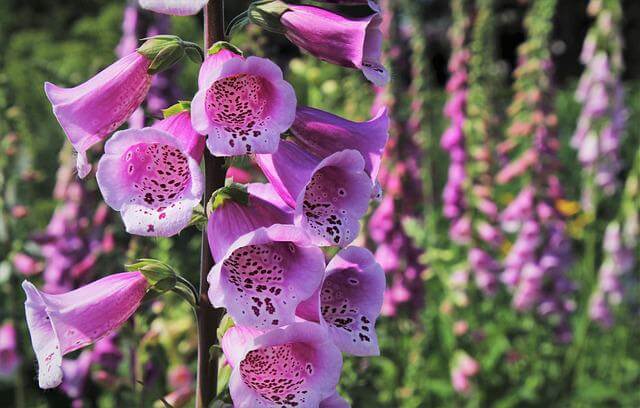
Foxgloves are pretty safe symbiotic plants to grow as they do not succumb to any diseases and end up being strong and huge, adding a tinge of delight to your garden. You will also notice that the plants that grow around foxgloves are stronger too. They are also at a reduced risk of contracting any disease.
2. Marigolds

Marigolds are one of the main contributors to a healthy garden as they not only add a splash of vibrancy but also help other plants blossom. You can see hoverflies around marigolds as they produce a scent to attract them. But why is that a feature of plants?
Hoverflies feed on plant lice, twitch grass, and greenflies, the potential attackers of all plants. The marigold roots keep eelworms away so your tomatoes or roses will be safe from the attacks of worms.
3. Rosemary
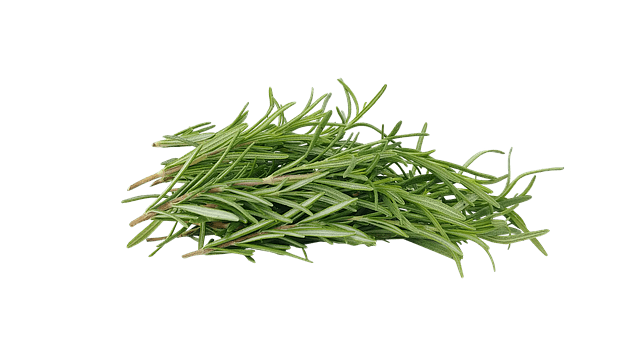
A delicious herb, rosemary can accompany you on every meal and works wonders in a vegetable garden by keeping away flies, beetles, and moths. So your cabbages, carrots, and sages will grow healthy around a rosemary plant. Broccoli is also one of the thriving vegetables near rosemary, however, potatoes do not share the same bond with it.
4. Orange Nasturtium
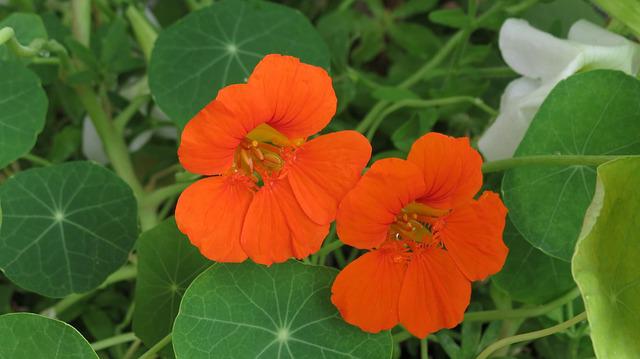
If you have beans, tomatoes, cucumbers, lettuce, or cabbage, you must have seen the amazing benefits of growing orange nasturtium. With its orange petals, nasturtium attracts insects you don’t want near your vegetables. While whitefly and plant lice feed on the nasturtium, your veggies will be left alone to thrive.
5. Lavender
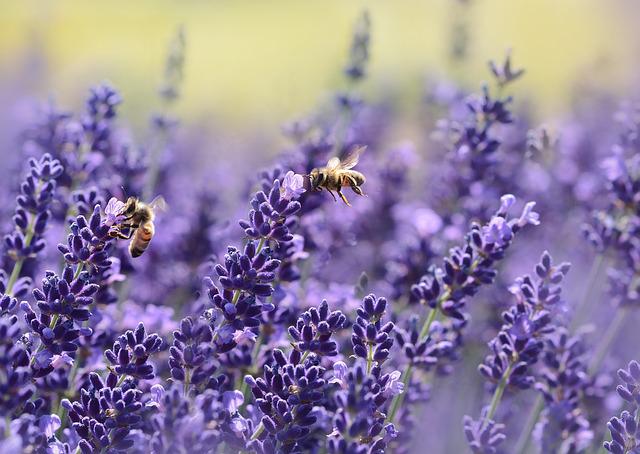
There’s nothing more soothing than walking amongst your greens and inhaling the fresh scent of lavenders. While the smell is one of the main reasons to grow lavenders in your garden, there are several other benefits to it. It acts as a barrier against insects and repels them away from vulnerable plants.
6. Tomatoes
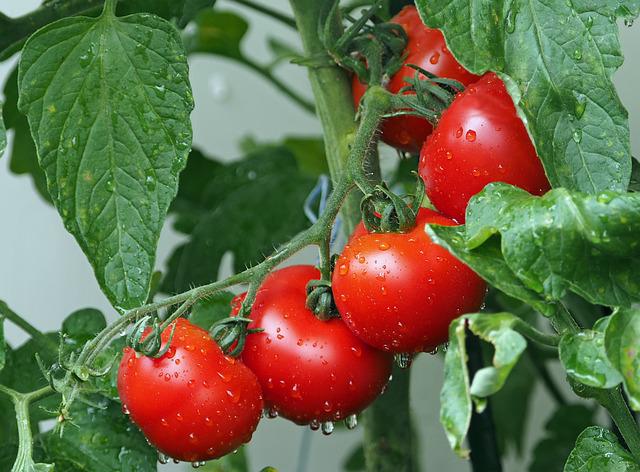
Tomatoes might be a tricky vegetable to grow in a colder climate but it sure is a faithful friend to their vegetable friends. Carrots, onions, parsley, celery, asparagus, and basil all love being around tomatoes as it helps them grow healthily by keeping them away from preying insects.
The Bottom Line: Which Symbiotic Plant Did You Choose?
Amongst the listed six plants that thrive on symbiosis in this article, which one did you choose to be your green friend? It’s way easier to come by symbiotic plants than you think. There are several herbs, flowers, and vegetables out there that thrive on a mutually beneficial relationship. The next time you prepare for a changing season, take a moment to plan your planting so that your green friends live longer and healthier.
FAQs
Is a mushroom a symbiotic plant?
The mushrooms that grow around the bases of trees have their mycelium woven around the tree’s roots altering the root’s shape and absorbing minerals and water for the tree. In return, the tree provides the mushrooms with nutrients. Since both benefits from each other, they are said to have a symbiotic alliance. So, yes, mushrooms are symbiotic plants.
What vegetables are symbiotic?
Here’s a list of some of the symbiotic vegetables:
- Tomatoes
- Squash
- Spinach
- Radish
- Pumpkins
- Onions
- Lettuce
- Garlic
- Eggplants
- Cilantro
- Carrots
- Cabbage
- Broccoli
- Beets
- Beans
- Basil
- Asparagus
- Chard
- Collards
- Corn
- Cucumbers
- Jerusalem Artichoke
- Okra
- Mint
- Peas
Are trees symbiotic?
Trees are capable of forming mycorrhizae which translate to fungus roots. It indicates the symbiotic relationship between fungi and trees. The mycorrhizae fungi have several branching threads known as mycelium growing from the tip of the tree’s roots. They connect with the roots of other neighboring trees and/or plants and form a mycorrhizal network helping the tree to form a symbiotic relationship.
What is the difference between symbiosis and mutualism?
The term, symbiosis, refers to the prolonged and close association between any two organisms of different species. The term, mutualism, refers to the interactions between any organisms of the same or different species that reap certain benefits for the organisms involved. We can say that mutualistic relationships need not necessarily be symbiotic.
Do cherries have symbiotic roots?
Cherry exhibits arbuscular symbiosis. The term refers to the symbiotic relationship between the roots of the terrestrial flowering plants and zygomycetes (order Glomales). The term is derived from the word arbuscules (the exchange site for water, carbon, phosphorus, and other nutrients).